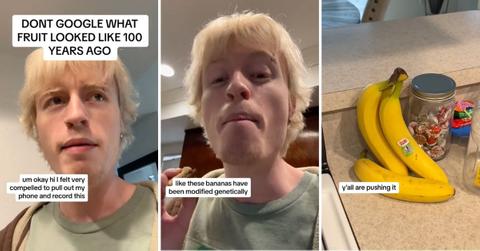Bananas May Look Like Cartoons Now, but They Weren't So Appealing 100 Years Ago
Published Jan. 8 2024, 2:24 p.m. ET
When you sink your teeth into an apple or peel a banana, you most likely aren’t thinking about what that fruit may have looked like 100 years ago.
That is unless you’ve seen the viral TikTok video from @cybergh0stface, where he warns viewers not to google what fruit looked like a century ago. This warning alone is prompting thousands of people to wonder what fruit originally looked like before genetic modifications made them more appealing to eat.
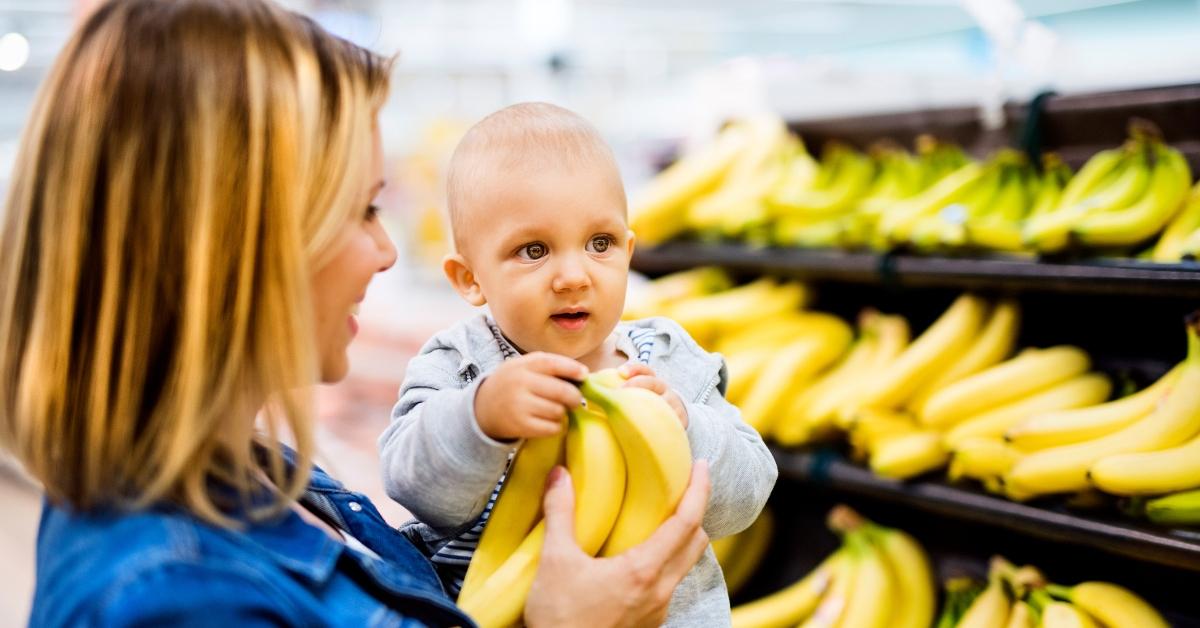
What fruit looked like 100 years ago:
That apple a day you eat to keep the doctor away tasted a lot different back in the day. According to The Daily Meal, apples growing in the 1800s were almost inedible. In an 1862 essay titled “Wild Apples,” poet Henry David Thoreau said wild apples were “sour enough to set a squirrel’s teeth on edge and make a jay scream,” per The Daily Meal. And as seen in the below 17th-century painting, they were also far less round than they are today, and instead, more lumpy.
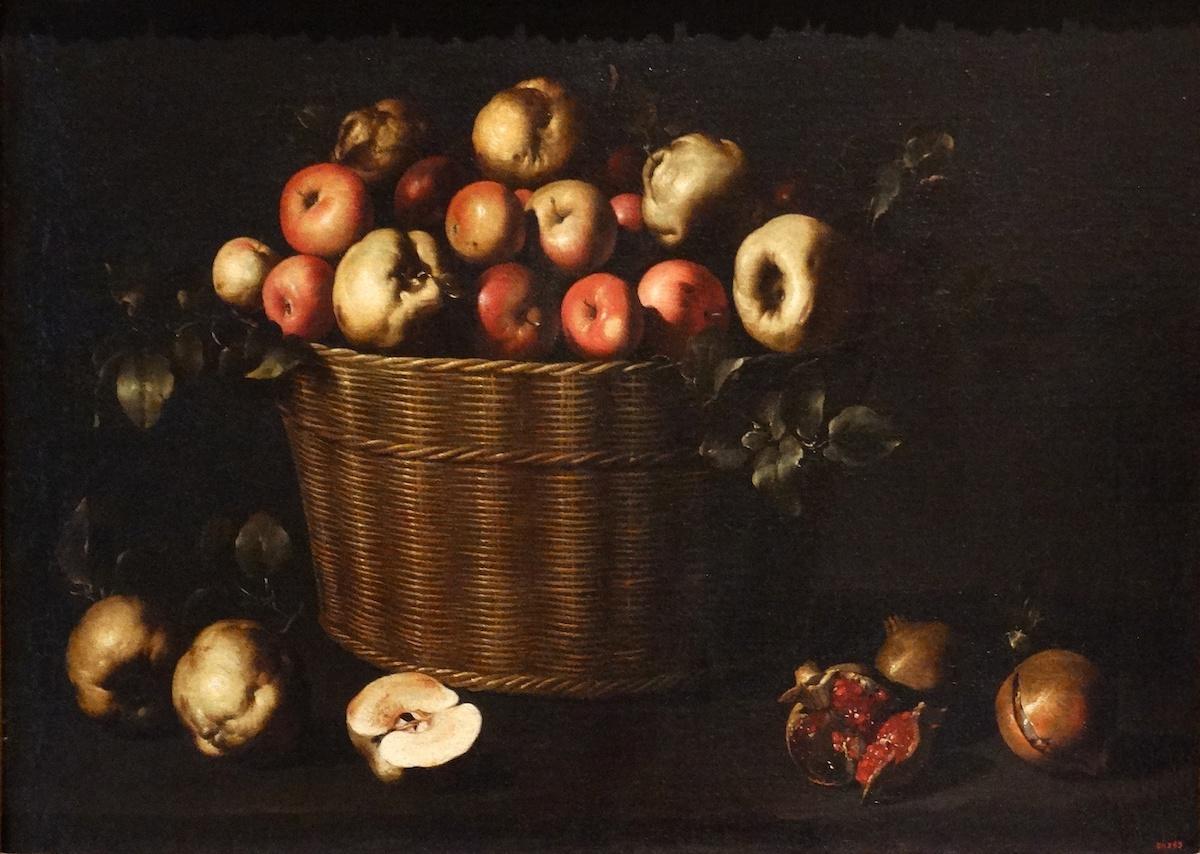
Painting titled 'Basket with Apples, Quinces and Pomegranates' by Juan de Zurbarán (1620-1649) Spanish Baroque painter. Dated 17th Century.
Watermelons also looked a lot different. Baby boomers and Gen Xers may remember when they had to spit out the seeds when eating a watermelon. Over the years, scientists and farmers worked to create watermelons that had little to no seeds. The seedless watermelons of today are a far cry from those depicted in the 17th-century painting by artist Giovanni Stanchi, pictured below. The watermelons in Stanchi’s painting have more seeds than fruit flesh.
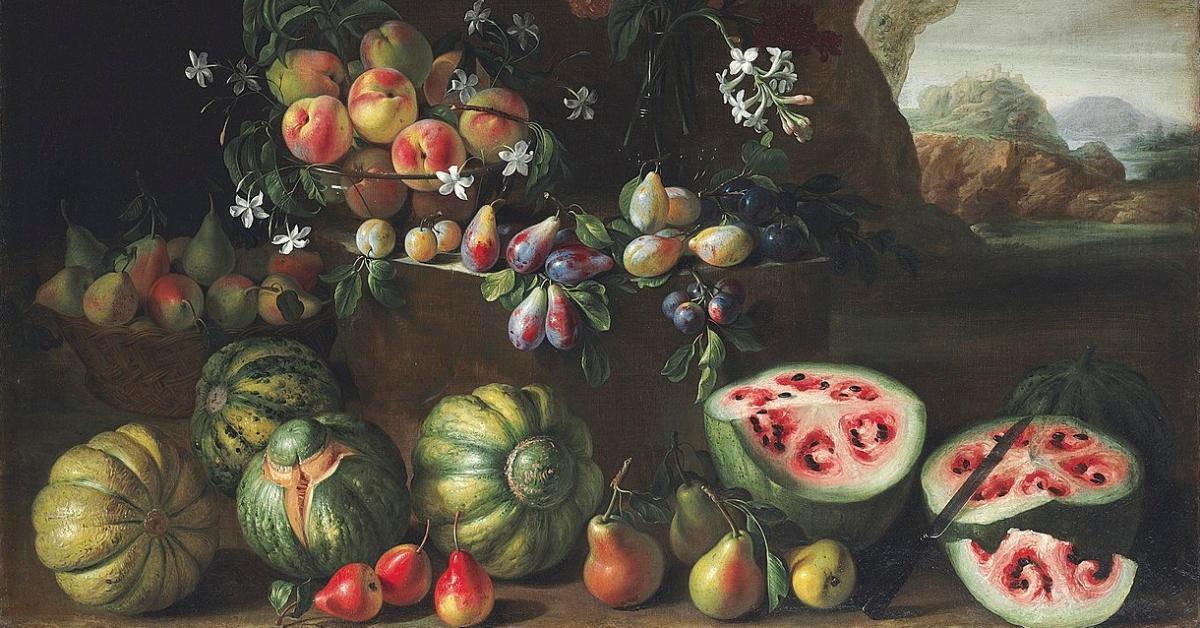
A painting by Giovanni Stanchi, completed between 1645 and 1672.
Like apples, lemons were lumpier hundreds of years ago, as seen in this still life from the 1600s.
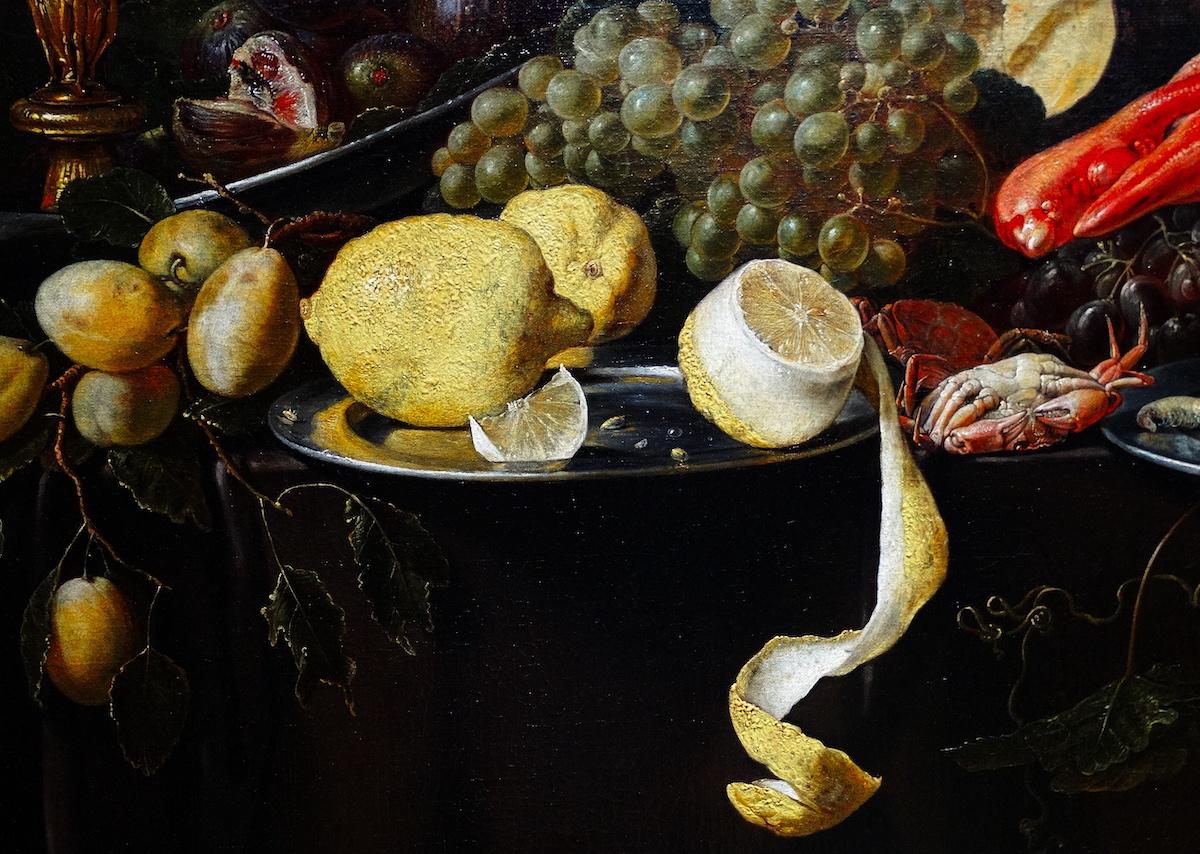
Painting titled 'Banquet Still Life.' Painted by Adriaen van Utrecht (1599-1652). Dated 17th Century.
And bananas used to look pretty different as well. This excerpt of a painting from the late 1800s shows how banana flesh used to contain many more seeds than today.
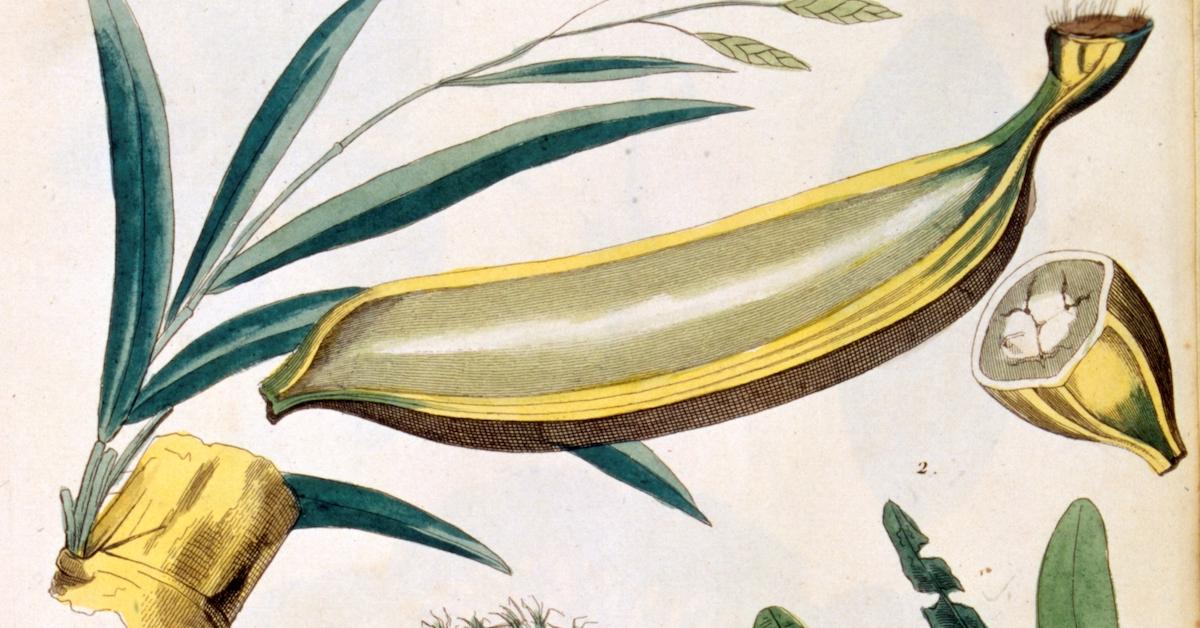
French colored illustration, dated circa 1884, depicting tropical plants such as bamboo and banana in growth.
Nowadays, some fruits look like cartoons, such as bananas,
Bananas, the subject of @cybergh0stface’s viral TikTok video, had many more seeds than meat back when they were first cultivated about 7,000 years ago, per Business Insider.
But these days, bananas look completely different — in fact, they actually look like a cartoon these days, the OP pointed out in his video.
“These are not natural bananas. Like, these bananas have been modified genetically,” he said, showing off his bright yellow bananas. “I don’t know who’s making the bananas these days, but y’all are pushing it.”
There are many different varieties of bananas available today, according to Bite Sized. The most widely distributed bananas, and the ones we commonly buy at the store, are Cavendish bananas. They were created by horticulturist William Cavendish in the 1830s and are tastier and easier to peel than other varieties in the banana family, per The Daily Meal.
For example, have you ever had a plantain? While plantains and bananas look similar and are both in the banana family, you can’t simply peel a plantain and eat it. The skin of a plantain is harder to peel, and the dense, starchy fruit is only edible if you cook it, per the Food Network.
